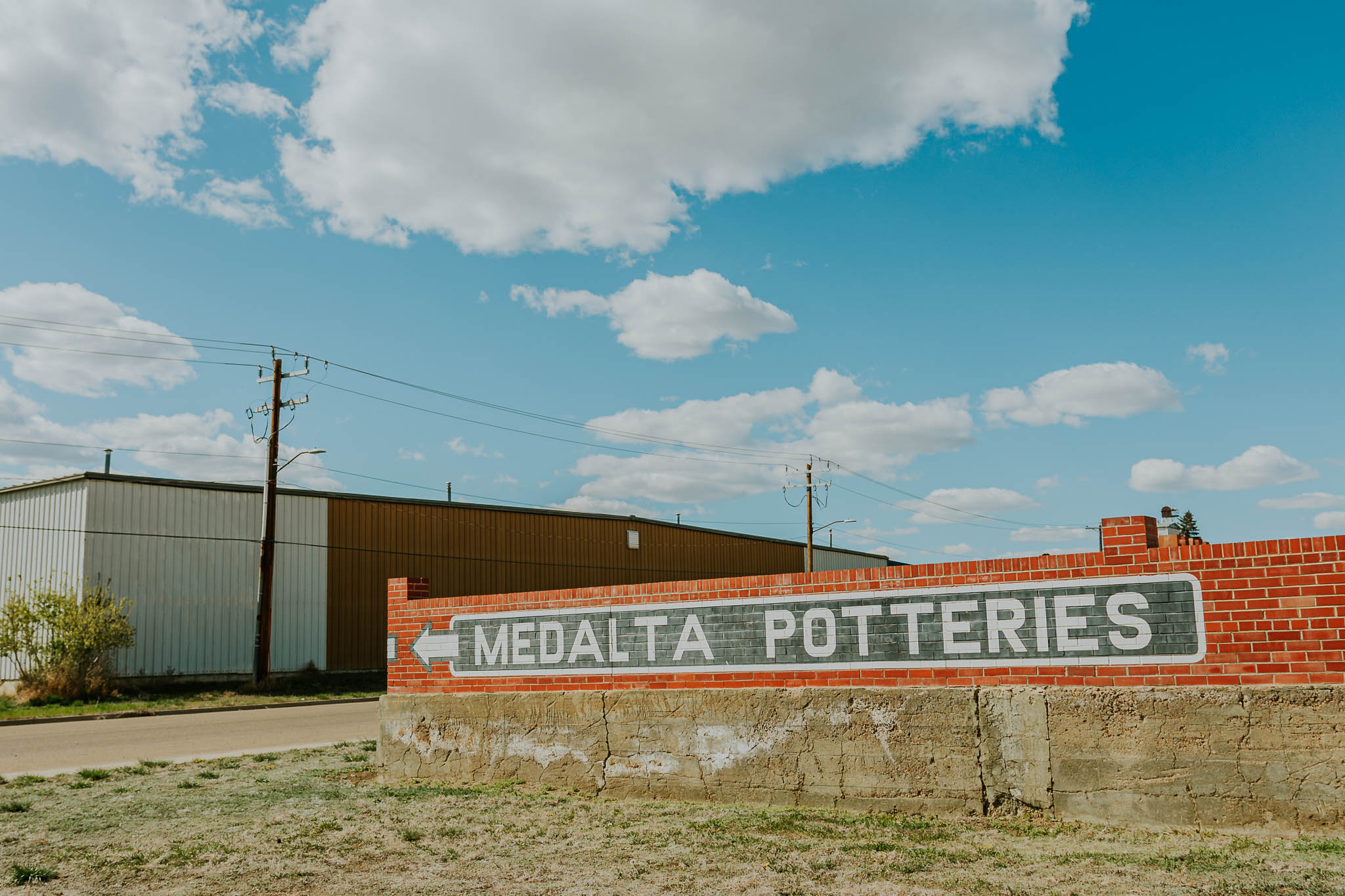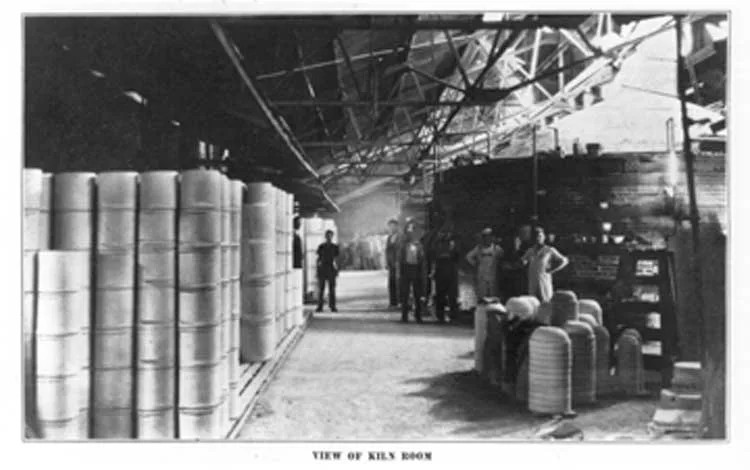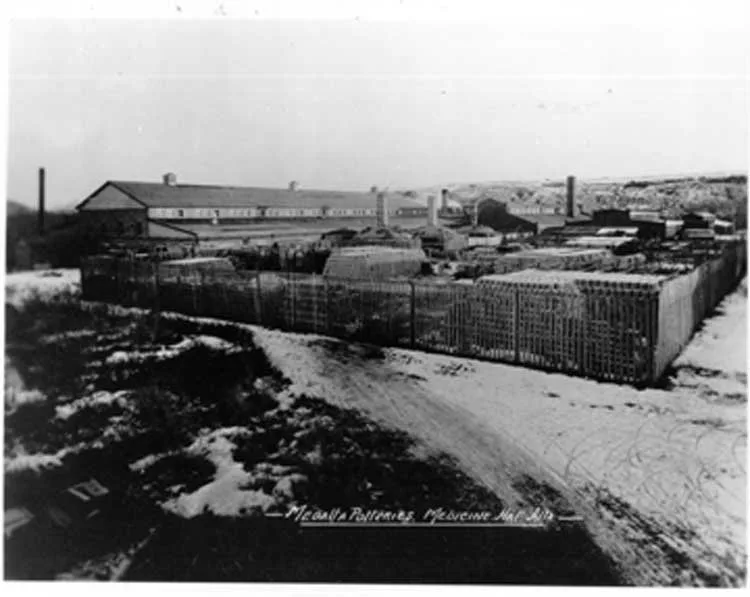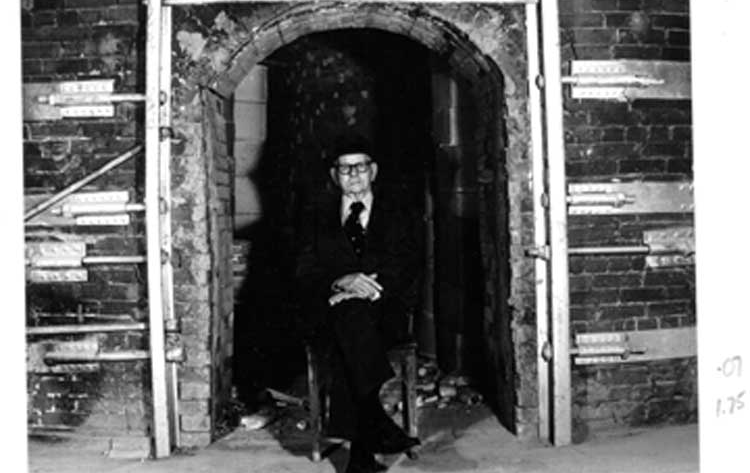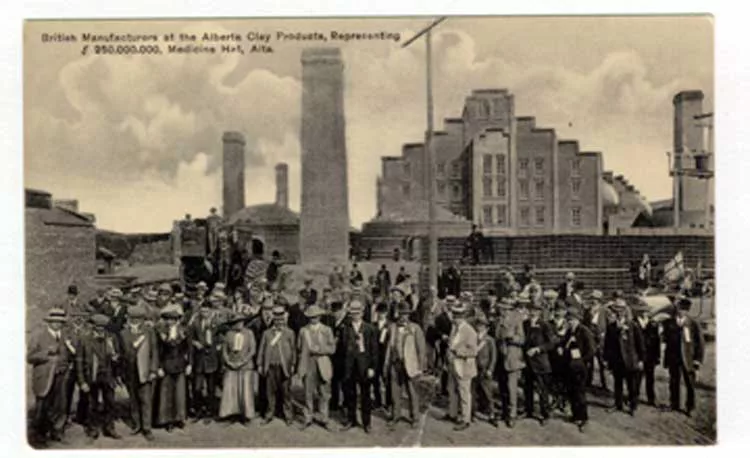HISTORIC CLAY DISTRICT HISTORY
Medicine Hat owes its industrial origins in large part to the Canadian Pacific Railway. The CPR went through the southern part of the Northwest Territories in 1882, reaching as far as Maple Creek. A small tent town developed to the east around the present site of Medicine Hat as people gathered to await the arrival of railway construction in the spring. On June 10th, 1883 the first train steamed through, and soon brought lumber for wooden houses to replace the tents.
The community grew quickly, incorporating as a town in 1899 and a city in 1906. By 1912 the population had reached almost 12,000. Strategically located between Winnipeg and Vancouver, the CPR selected the community as an ideal location for its Divisional Headquarters. With almost 1100 kilometres of track within the city limits, Medicine Hat had the longest railway mileage of any CPR division in Canada.
The frequent service and extensive connections offered by the CPR attracted industries to locate in Medicine Hat. It soon became the largest distribution centre in western Canada and, as a recognized manufacturing city, received specially discounted rates from the CPR.
What Medicine Hat did not owe to the CPR it owed to its own geology. Natural gas was discovered in 1883 when the CPR struck a small flow of gas while drilling for water. Gas was initially used to pump water into the tanks which supplied the CPR engines, and gas jets were discovered continuously and accidentally as wells were bored or shafts sunk for other purposes. The commercial significance of natural gas did not become clear until a large well was struck in June of 1904. “Eureka We Have Found It!” the Medicine Hat News proclaimed on the front page of the June 16th issue. “There is no doubt now but that Medicine Hat will become the manufacturing centre of the west.” Gas provided the three essentials for industrial production; heat, light, and power, at a fraction of the cost of coal.
“The availability of gas assured clay products as one of Medicine Hat’s earliest and most successful industries.”
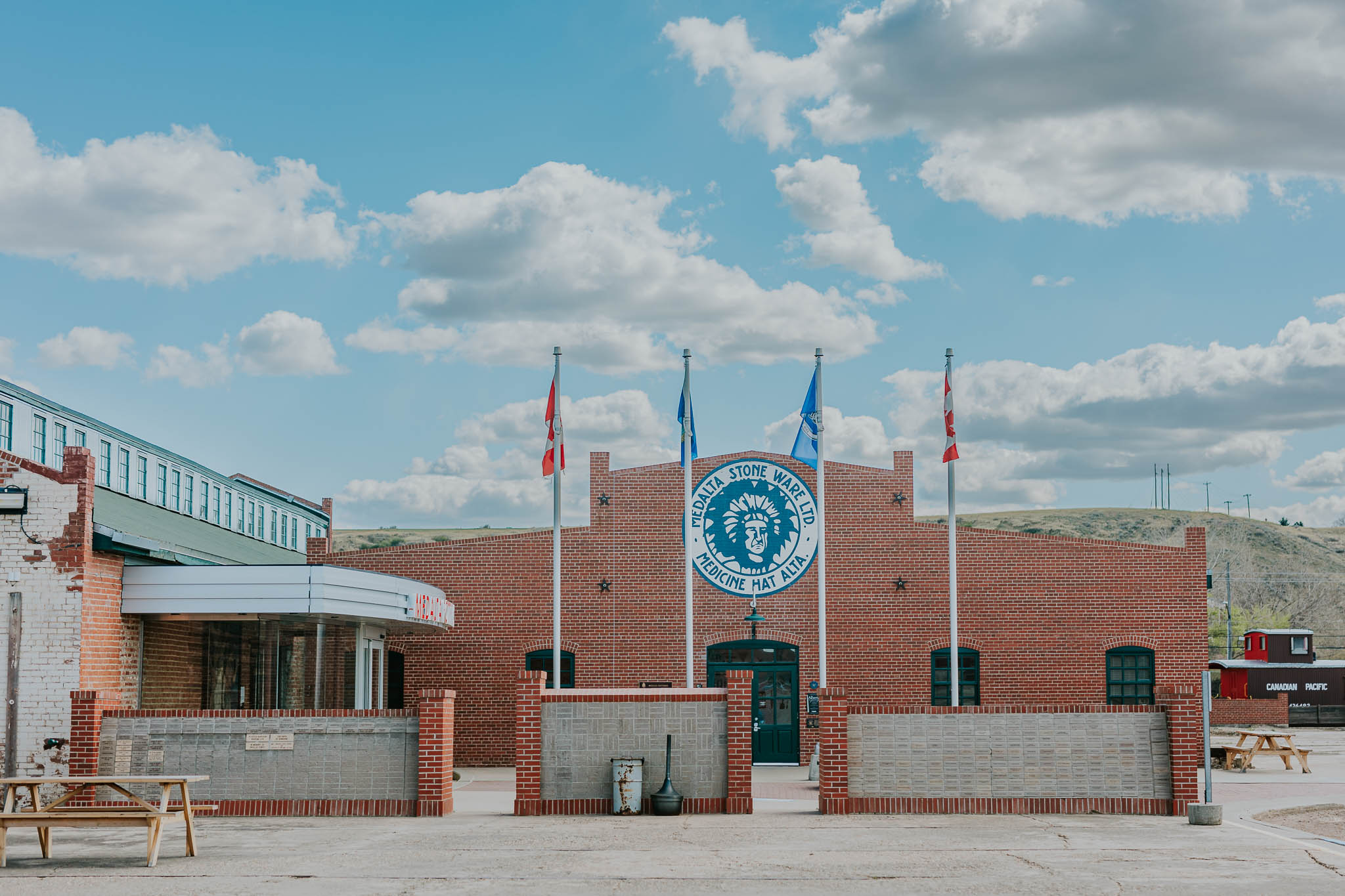
The industry slowly grew over the next twenty years, and in 1907 reached a level of unprecedented activity. Four new companies opened up in one year, representing an investment of a quarter of a million dollars. The success of the industry prompted the News’ Editor to observe, “With the clay, fuel and power why should Medicine Hat not make the pressed brick, common brick, sewer pipe, tile and cement for the whole west.”
Many of the clay products factories established in Medicine Hat were small businesses. However, the two plants which dominated the industry were both large-scale operations: Medicine Hat Brick & Tile started out as a small, family-run operation, whereas Alberta Clay Products was from the start an industrial giant.
Medicine Hat’s other natural advantage for the clay products industry was an abundant supply of clay. For centuries, the South Saskatchewan River deposited alluvial silt along its banks, creating rich deposits of clay as
it wound through the lowlands of Medicine Hat . As early as 1885, these clays were tested for their brick making potential and found to be of excellent quality. “Were the manufacturing of brick commenced,” wrote the Editor
of the Medicine Hat News prophetically in that year, “there’s ‘millions in it’ for some energetic individuals.” Continued testing only served to confirm the value of Medicine Hat’s clay beds, and the first brick yard appeared
in 1886.
